On March 26, 1970, NASA formally announced the crew for Apollo 15, the planned fifth Moon landing mission. At the time of the announcement, about two weeks before the launch of Apollo 13, NASA’s plans indicated that Apollo 15 would be the last of the H-class missions with a targeted launch around March 1971. The H-class missions, like Apollos 12 through 14, included two lunar surface excursions during a roughly two-day stay on the Moon and placed an ever-increasing emphasis on conducting science. As was planned for Apollo 14, Scott and Irwin would use a Modular Equipment Transporter (MET), a golf-cart-like wheeled conveyance to transport their tools and collected lunar samples and aid in the deployment of the Apollo Lunar Surface Experiment Package (ALSEP), a suite of instruments that would return data back to scientists on Earth after the crew’s departure. Managers had not yet formally selected a landing site for Apollo 15, but the Davy Rille area appealed to geologists as having great scientific potential.
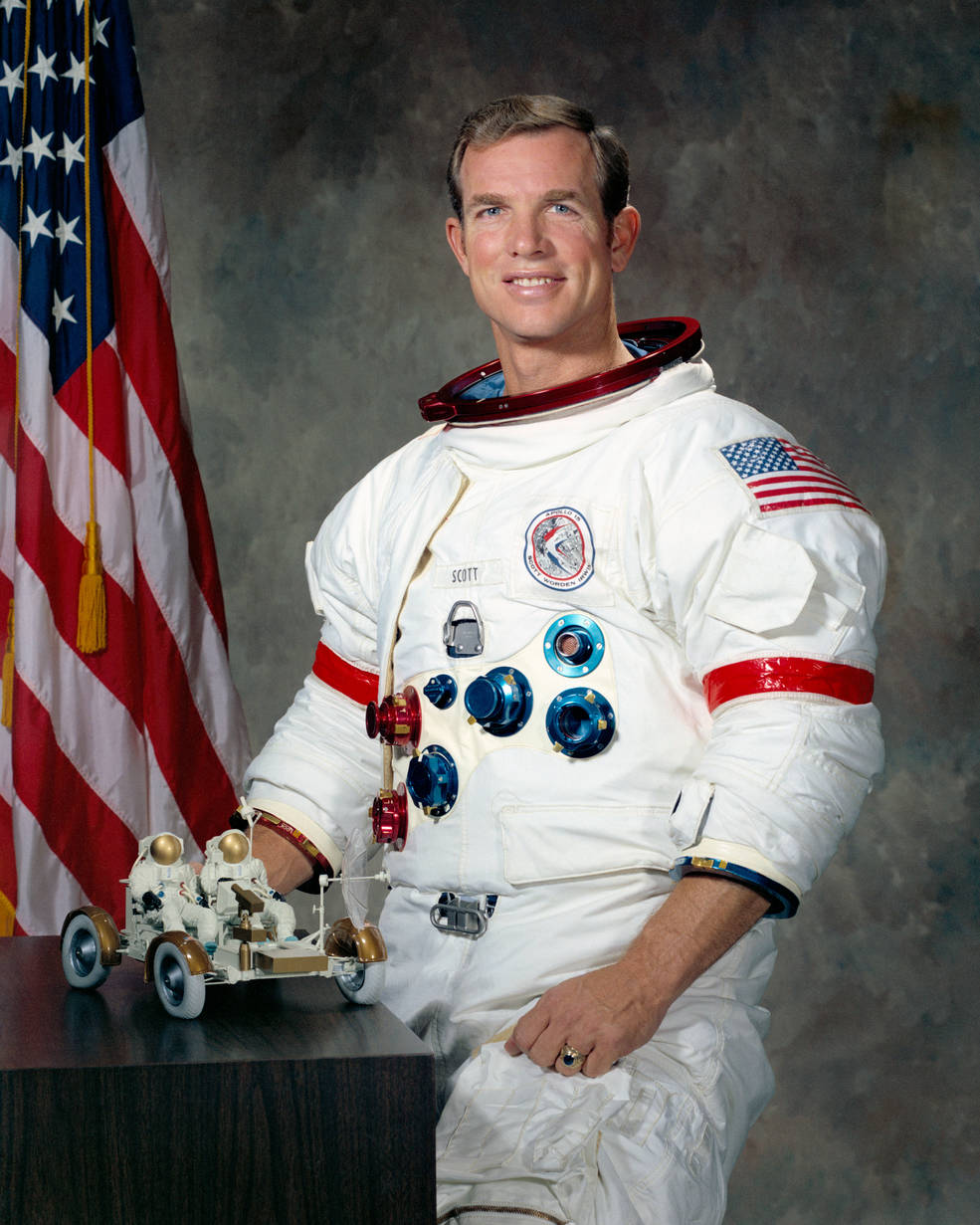
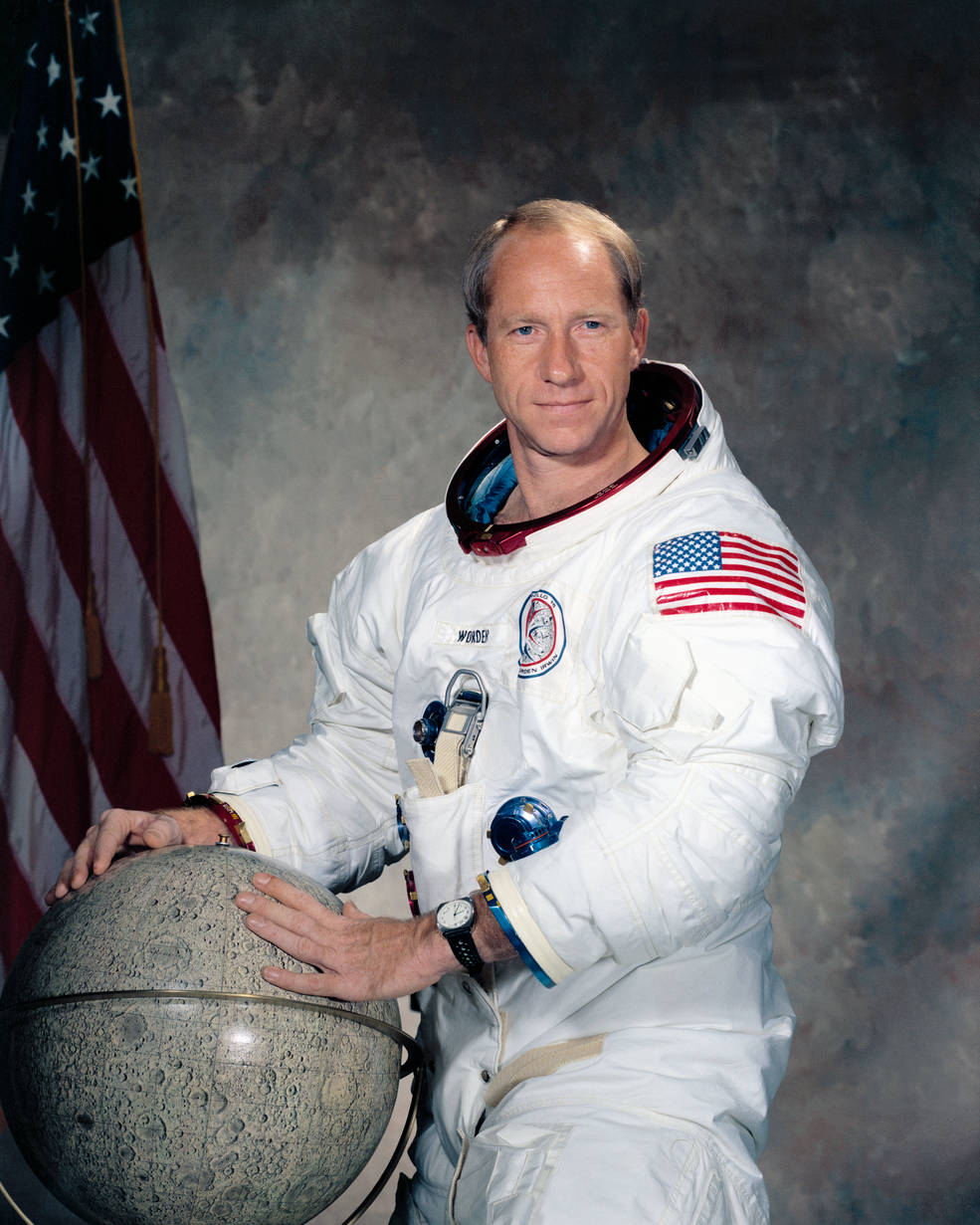
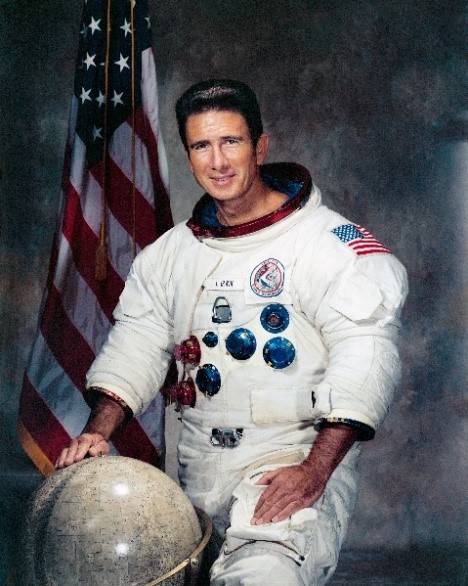
Prime crew for Apollo 15 (left to right) Scott, Worden and Irwin.
The prime crew consisted of Commander David R. Scott, Command Module Pilot (CMP) Alfred M. Worden and Lunar Module Pilot (LMP) James B. Irwin. The all-Air Force crew had served as the backup crew for the Apollo 12 mission in November 1969, fitting with a general pattern of a backup crew getting assigned as the prime crew three missions later. Scott, selected as an astronaut in 1963, would be making his third trip into space, having served as the Pilot on Gemini 8 in 1966 and as CMP on Apollo 9 in 1969, the flight that completed the first crewed test of the Lunar Module (LM) in Earth orbit. Worden and Irwin were both selected in 1966 and would be making their first trips into space on Apollo 15, although Irwin gained much experience with the LM as a participant in the Lunar Module Test Article-8 (LTA-8) altitude chamber tests in 1968.
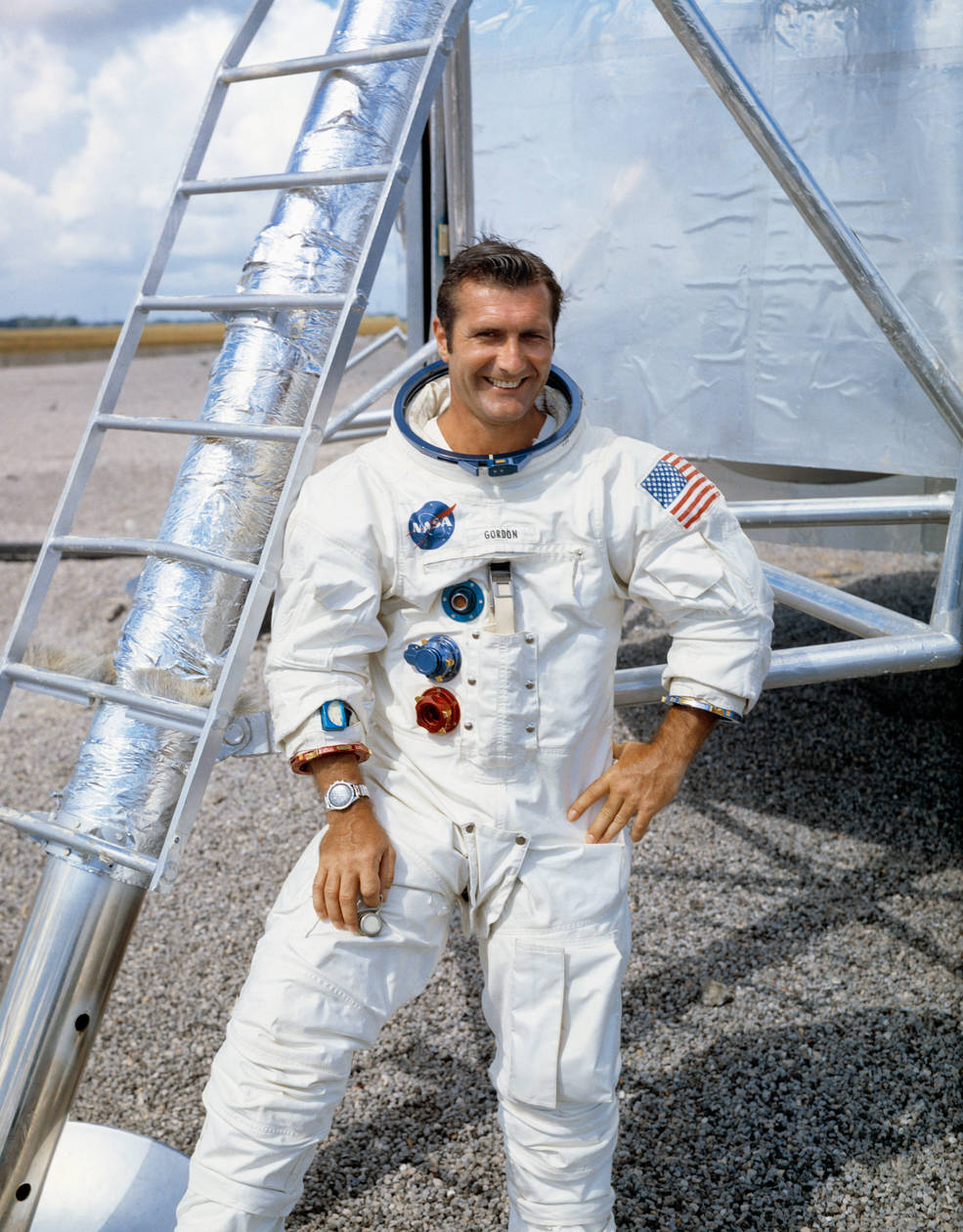
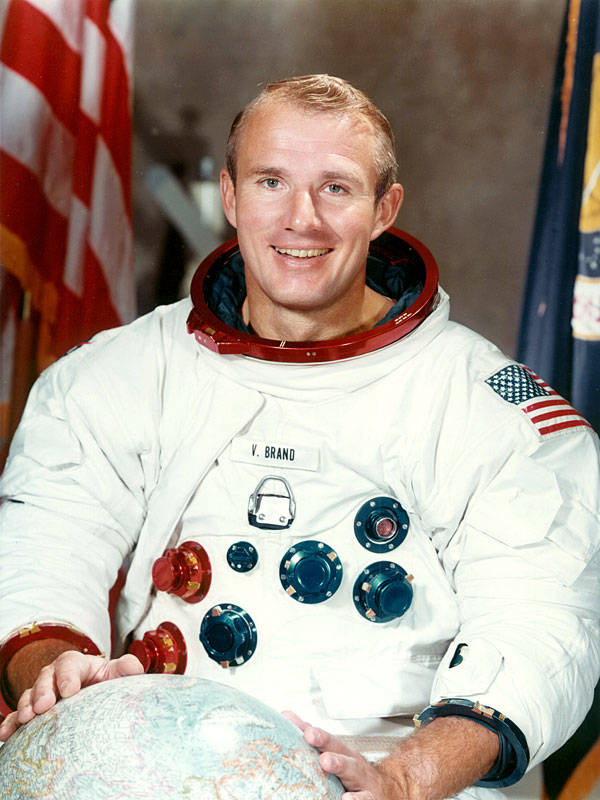
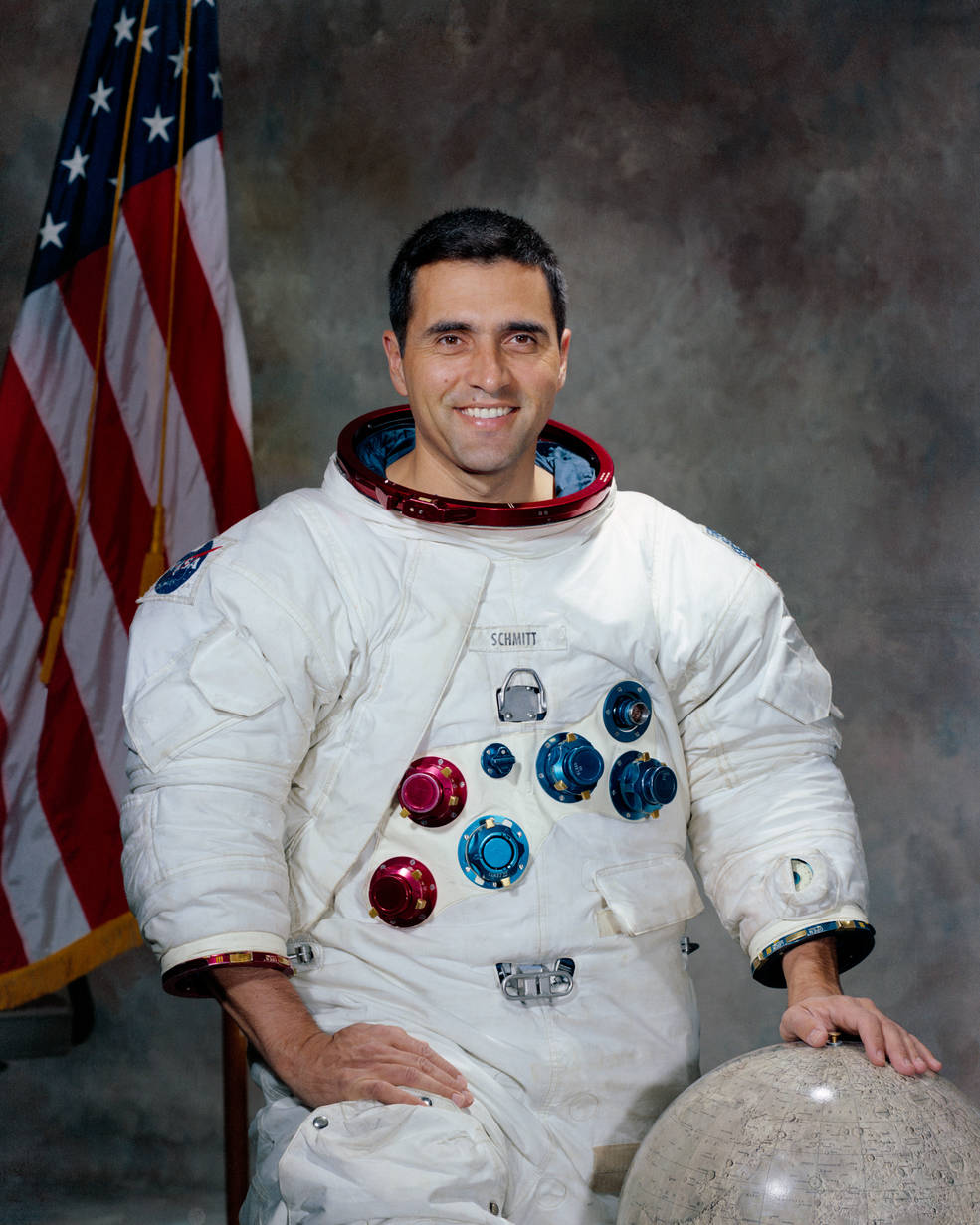
Apollo 15 backup crew (left to right) Gordon, Brand and Schmitt.
Backing up Scott, Worden and Irwin were Richard F. Gordon, Vance D. Brand and Harrison H. “Jack” Schmitt. Gordon, like Scott selected in 1963, had previously flown on Gemini 11 in 1966 and most recently served as CMP on Apollo 12, the second lunar landing mission in November 1969. Brand and Schmitt were both spaceflight rookies. Brand, selected in 1966, was a member of the 2TV-1 crew in 1968 that tested the Apollo Command Module (CM) in an altitude chamber. Schmitt was one of five scientist-astronauts selected by NASA in 1965 and as the only geologist in the Astronaut Corps participated in the geology training of previous Apollo crews. His assignment to a backup crew, with the implication of a prime assignment in the future, underlined NASA’s increasing emphasis on obtaining high-quality science from the Apollo missions.
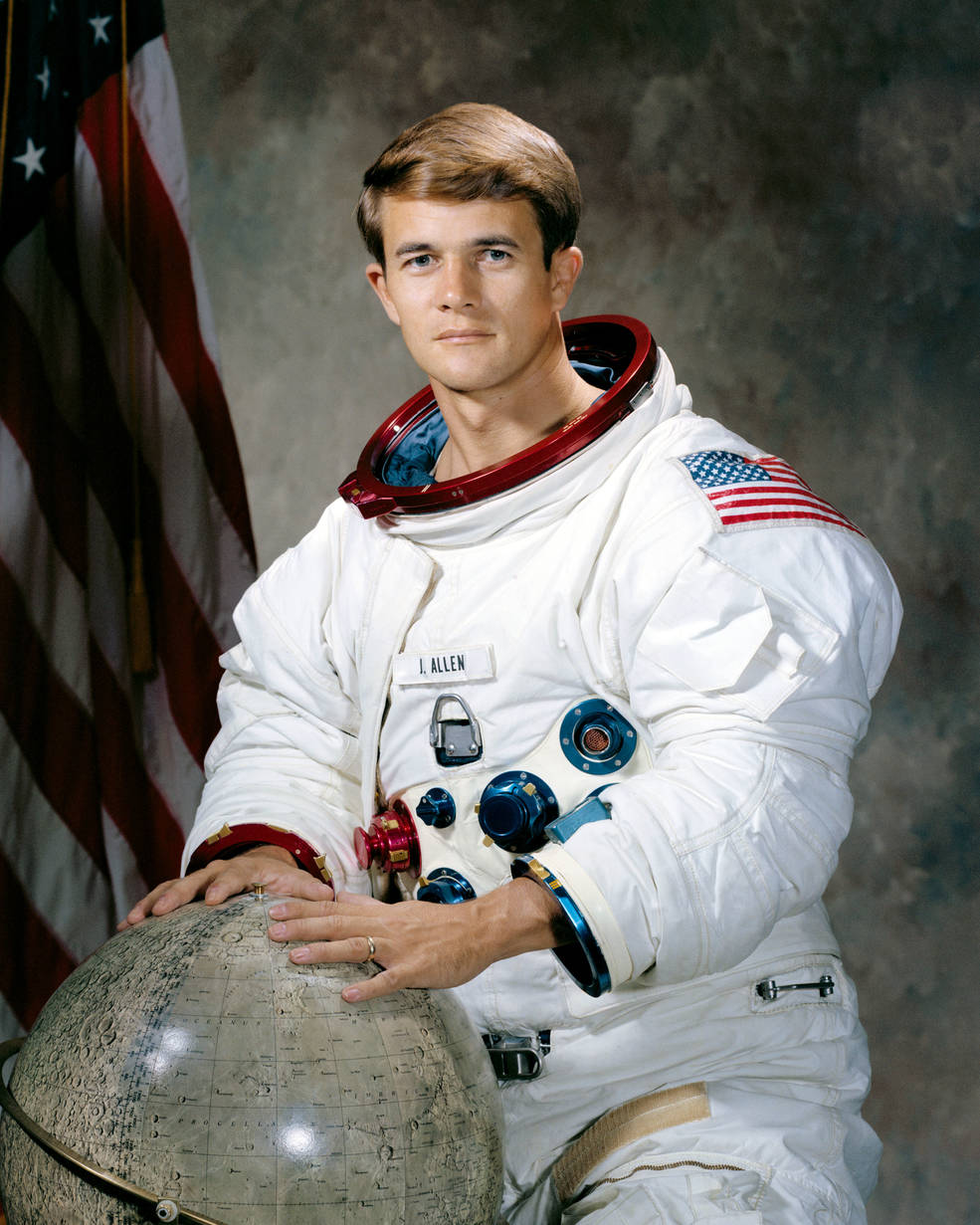
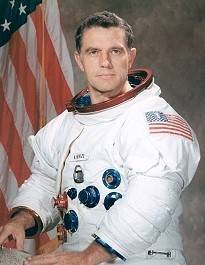
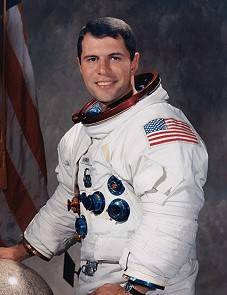
Apollo 15 support crewmembers (left to right) Allen, Henize and Parker.
To further emphasize the increasing focus on science, NASA selected three scientist-astronauts as support crewmembers for Apollo 15 – physicist Joseph P. Allen and astronomers Karl G. Henize and Robert A.R. Parker. All three were selected in 1967 in the second group of scientist-astronauts.
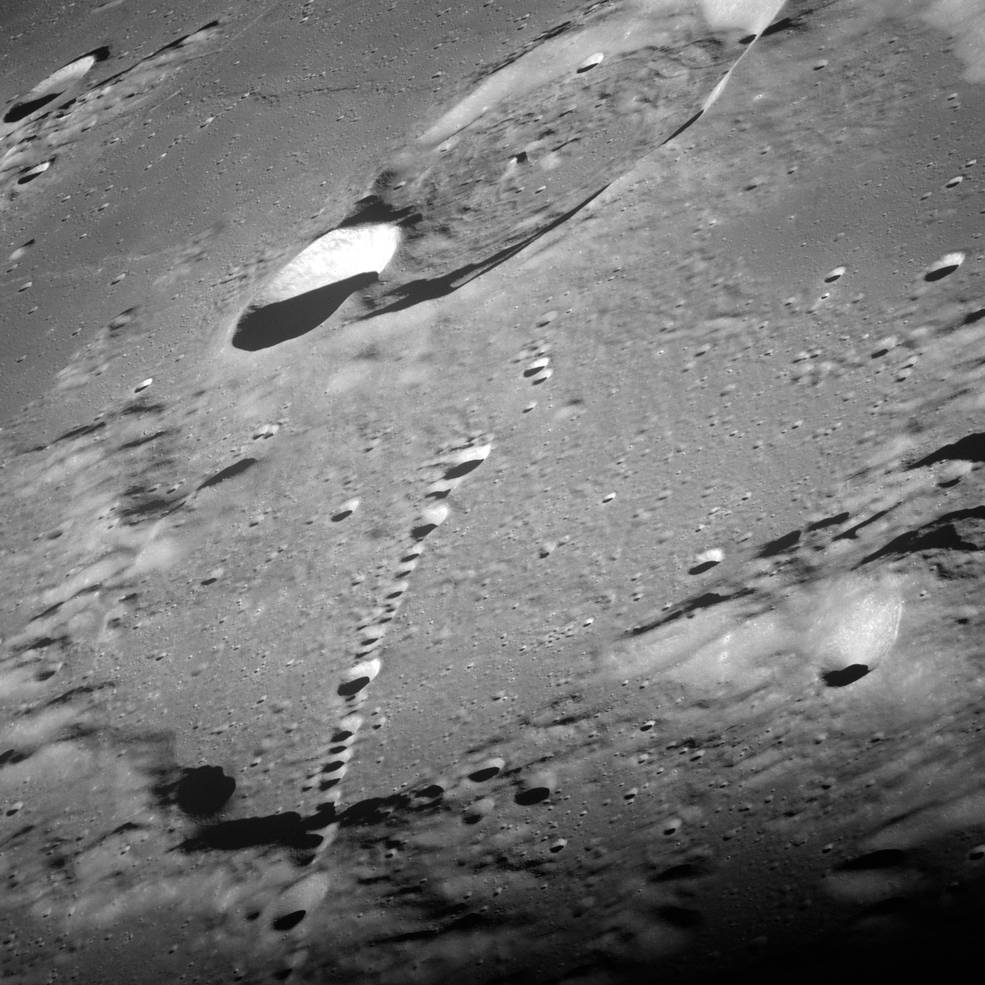
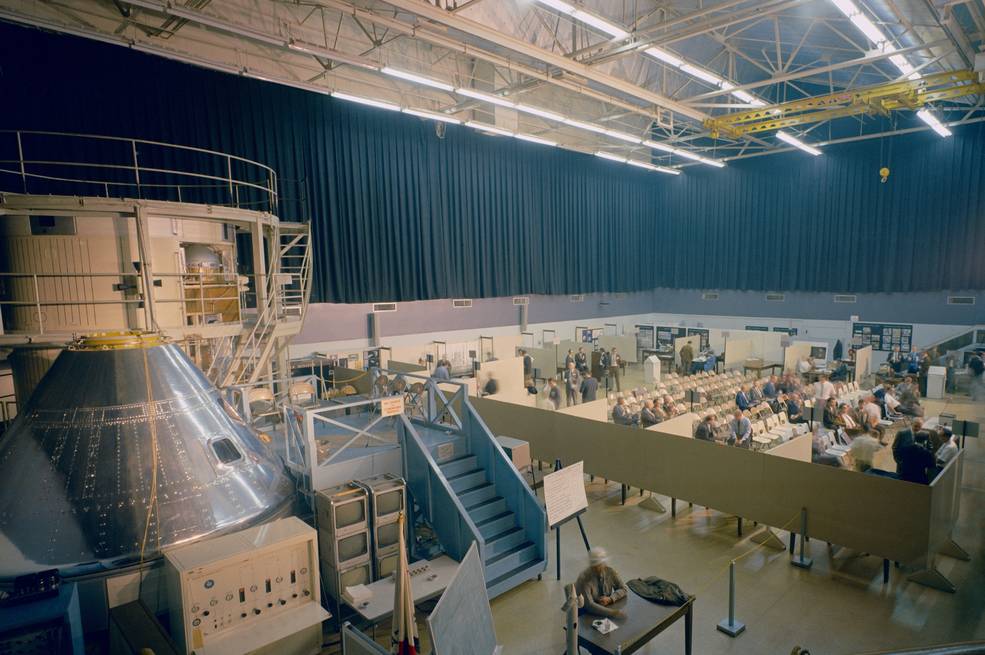
Left: Apollo 12 image of the Davy Crater Chain.
Right: Apollo 15 CM at North American Rockwell’s Downey facility.
The potential Apollo 15 landing site, Davy Rille or the Davy Crater Chain, is located in the eastern portion of a large broken ring depression in the northeastern corner of the Sea of Clouds (Mare Nubium). Features of interest to geologists include ejecta materials from distant impacts, surface contacts and small impact craters as well as the rille itself. Geologists at the time believed it more likely that a chain of identical craters formed by volcanism rather than by impacts. At latitude 10 degrees 52 minutes South, it would be the most southerly landing site to that time. Meanwhile, the various components that made up the Apollo 15 spacecraft and Saturn V rocket were completing their assembly at the various contractor facilities. The CM ultimately destined for Apollo 15 passed its Critical Design Review at the North American Rockwell plant in Downey, California.


























